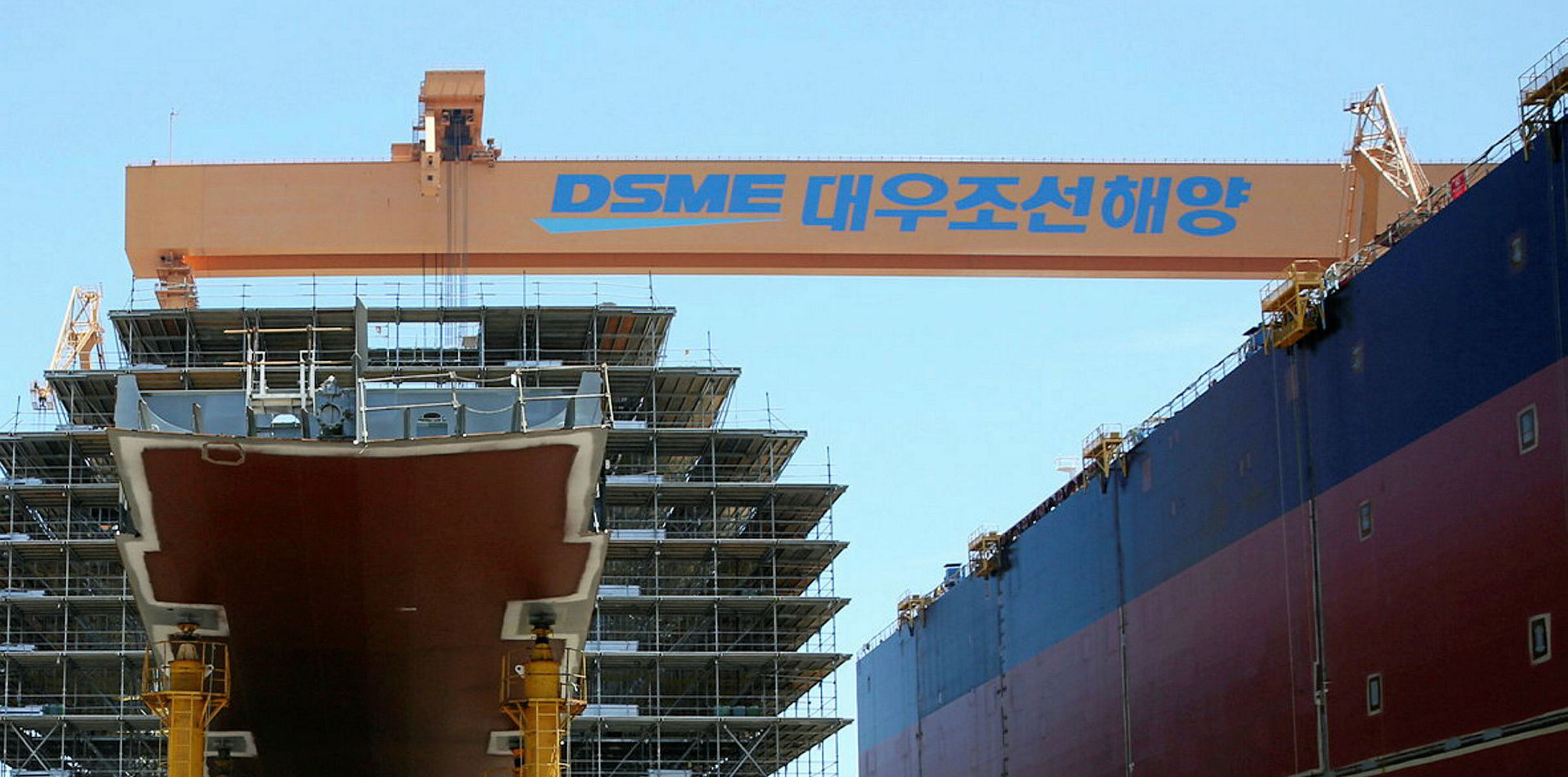Shipyards face taking a $15.2bn hit on unwanted drilling rig and drillship newbuildings that remain at their yards, according to latest research by Bassoe Offshore.
There are 69 newbuildings in yards and 65 of them have “nowhere to go”, Bassoe’s Aberdeen-based offshore rig market analyst, Teresa Wilkie, said.
“They built them, and no one ever came. Bassoe Analytics estimates that the original order value of these 65 remaining rigs would have been in the arena of $21.4bn,” she said.
“When compared to our current estimated value of just $6.2bn this already shows a brutal loss of over $15.2bn for shipyards.”
To make matters worse, Wilkie said that if yards start offloading newbuildings “just to get rid of them”, rig values may fall further.
Data from Bassoe Analytics shows that the 69 newbuildings comprise 43 jack-ups, 18 drillships and eight semi-submersibles and are still classed as “under construction”.
“Many of these [rigs] have had deliveries deferred year after year in hopes that they will have brighter prospects to get a contract in a few years when the market recovers,” Wilkie said.
“Unfortunately, this has been the plan for the best part of a decade for some rig owners and now that we have escaped one downturn just to be met by a second means that little will change near term.”
Until we witness a mass scrapping of old tonnage to make room for the new, these dormant rigs will likely continue to sit idly awaiting maiden charters that may never come
Bassoe Offshore
Wilkie said that oil price, near-term demand and day rates are all still struggling and until these improve, newbuilding sale and contracting activity will “remain muted”.
However, some rig newbuildings have been able to secure work since the beginning of last year, with 40 units delivered due to some improvement in global oil market fundamentals.
Long-term commitments
“The majority of these were jack-ups, which were put to work in the Middle East, Mexico or China. Meanwhile, five harsh-environment semi-subs were successfully contracted on long-term commitments in Norway plus a further semi-sub was contracted for work in Chinese waters,” Wilkie said.
“Only two drillships were delivered during the period, both Sonadrill units, with just one securing work in Angolan waters.”
Many shipyards are now under huge financial strain after owners backed out of contracts, leaving them to finance and finish construction work following a nosedive in drilling demand.
“Yards have been forced into the awkward position of having to build, own, and pay to maintain these assets,” Wilkie said.
One potential solution for yards would be to consider upgrading some of these rigs to cater to a growing trend towards “greener” drilling capabilities.
Rig upgrades
“This could make them more attractive to potential buyers and help to recover some of their loses,” Wilkie suggests.
“However, this would mean requiring more funding and not many yards would be open to risking further loses. However, yards that at least start investigating this could end up better off than the alternative.”
Wilkie said the other options are quite simple. Yards can keep holding onto these rigs, digging a deeper financial pit while “hoping for a miracle upturn in the market”.
“Alternatively, they can bite the bullet and try to sell assets while taking a massive financial loss. Or a final option — and one that is becoming increasingly likely — is that some of these newbuild could be scrapped before ever being put to work.”
Wilkie said that yards “cannot keep stranded assets forever” and now that many of these units are likely to have been written down, and with no market improvement in sight, it is probable that they will shortly attempt to offload rigs.
Singapore rig builder Keppel Corp recently announced it is considering divesting “non-core” assets such as drilling rigs as part of a new asset-light strategy.
“We believe that this is just start of many more such announcements to come,” Wilkie said.
“These dormant rigs are all part of a bigger global oversupply problem in the offshore rig market,” she said.
“Until we witness a mass scrapping of old tonnage to make room for the new, these dormant rigs will likely continue to sit idly awaiting maiden charters that may never come.”






